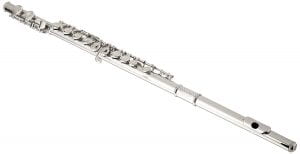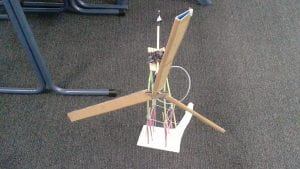We have to build an earthquake-proof spaghetti building with a base of 30x30cm base and a minimum height of 60cm. both the spaghetti and the blue-tack will cost money to use to simulate real-world situations. I am hoping to create a spaghetti building that can withstand being shaken on a shake table for 10 seconds. I hope to achieve this by allowing the tower to move as I have seen jointed towers in real-life examples and I hope to recreate this in my model allowing the tower to move and flex on a stable base. I hope to recreate this by using the flexibility of spaghetti to my advantage by creating a strong stable base then connecting the tower using single strands of spaghetti allowing the tower to wobble and flex. I believe the importance of creating an earthquake-proof spaghetti building is that it shows we can potentially save lives through reduce the risk of earthquakes collapsing buildings and potentially killing people.

This is our second spaghetti tower note the large glob of spaghetti in front of the furthest leg is the pendulum.
The engineering process we took for our first prototype was defining, researching, designing then building. We had many hiccups during this process as we had a group change at the start of the engineering challenge which reduced the time we had to work on our design and prototype. Many of our original designs were quite contradictory and therefore we had many disagreeing conflicts however we eventually settled on a rather complicated but in theory effective design. The design we settled on was based on the jointed earthquake-proof buildings that we largely researched and found the most effective. We then built our tower and gave it a small test, it worked but not very well. We then had to test our building on the shake table and it collapsed largely due to a snapped spaghetti piece and an off-centre tower as the tower was balanced on the base. The outcomes of this tower design led us to design a more simplified tower with triangles, as they are the strongest shape and a pendulum to absorb the motion and increase the effectiveness of the triangular design. Our second earthquake-proof building survived a scale 7.3 magnitude earthquake and I believe this is a good outcome for our spaghetti building and design process. I believe that if we had worked more as a team better during the design process we could have created an even better design more based on the motion absorption of the pendulum. I also think that if we had combined our ideas instead of choosing one we would have better solved the conflicts and made a better tower. I would have also changed the way we collaborated as a few people did more work than others and if we all worked together we would have created a better tower.
This is our tower on the shake table, the pendulum has design flaws that could be solved with further designing however it helps absorb the motion which helps reduce the stress on the tower

The pendulum is clearly visible here along with the tower triangular base and its construction method. Note: the pasta on the side of the pendulum is a late improvement to stop it from sticking to the legs.
I was the major design and builder using my math skills and engineering skills to help majorly design both towers. I had a bit of help during the design process from our team members however I was the major contributor towards the end designs. I was also the major builder as I best knew the designs. Most of our group was involved somewhat during the building process and designing process however some people were lacking with their input into our project. I contributed the most I could to my group however by doing this I believe that some others felt there were not needed and therefore kept their input to a minimum. I could have better helped my group by using teamwork skills to help encourage those who otherwise would not have done alot.

This is our first tower, the triangular design was to help stop the tower from twisting. Note: the base wasn’t secured to the tower deliberately allowing the tower to move and, in theory, absorb motion and therefore be effective.
I believe we achieved what we had set out to and I had lots of fun during the process. Our first tower, based on real-life designs had failed miserably and our group did not contribute as much as they could have however we came up with our second design which was simplistic and very effective. Our second tower incorporated more appropriate real-life examples in a more thought out and simplistic way and because of that, it worked more effectively. I had lots of fun completing this challenge and I believe it improved my designing, teamwork and problem-solving skills.

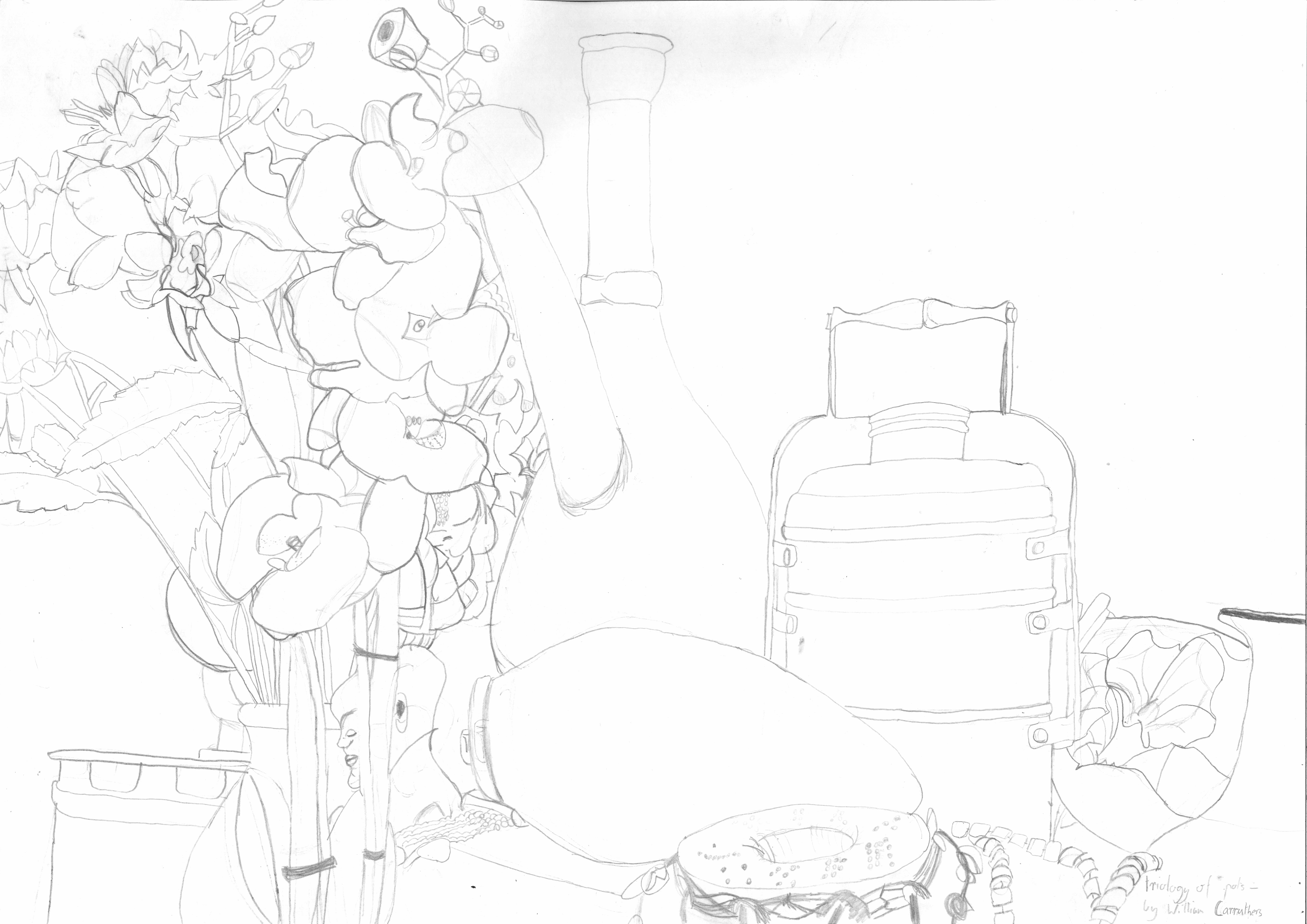

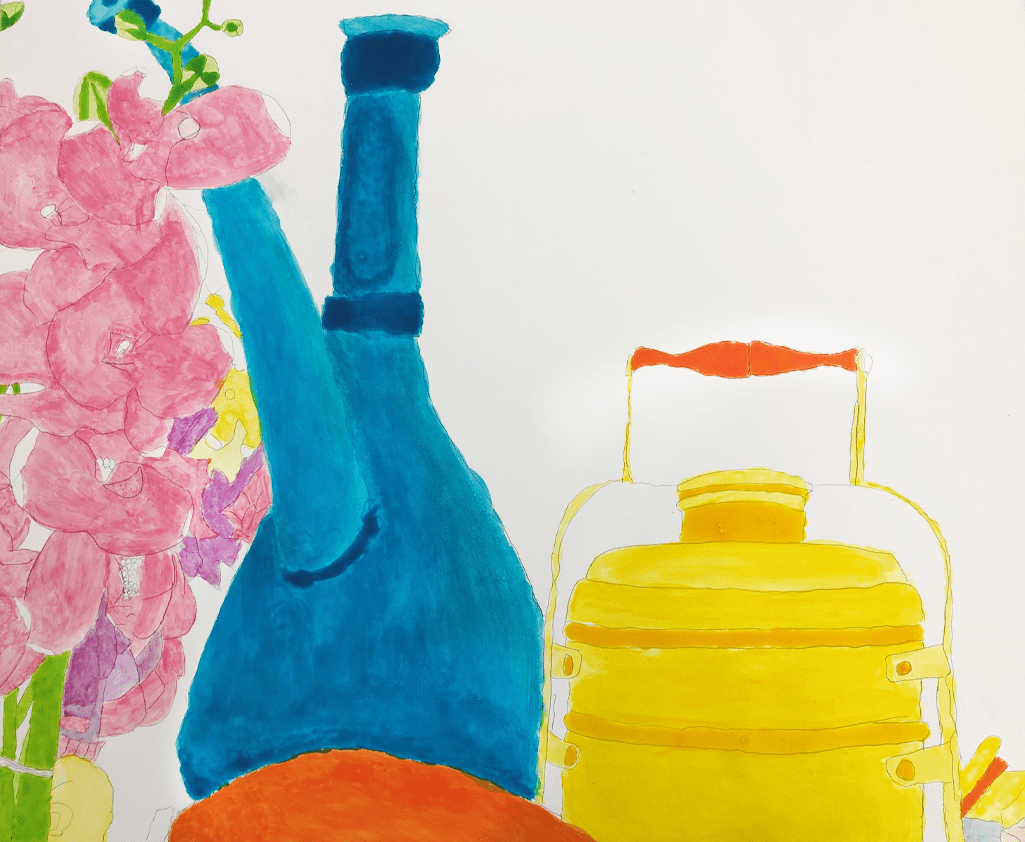
 population. This might help by decreasing technology usage, which is an important modern issue, of this year level. There has been little research done on this topic and therefore it is important for us to conduct this survey and record the results on infogram for future use.
population. This might help by decreasing technology usage, which is an important modern issue, of this year level. There has been little research done on this topic and therefore it is important for us to conduct this survey and record the results on infogram for future use.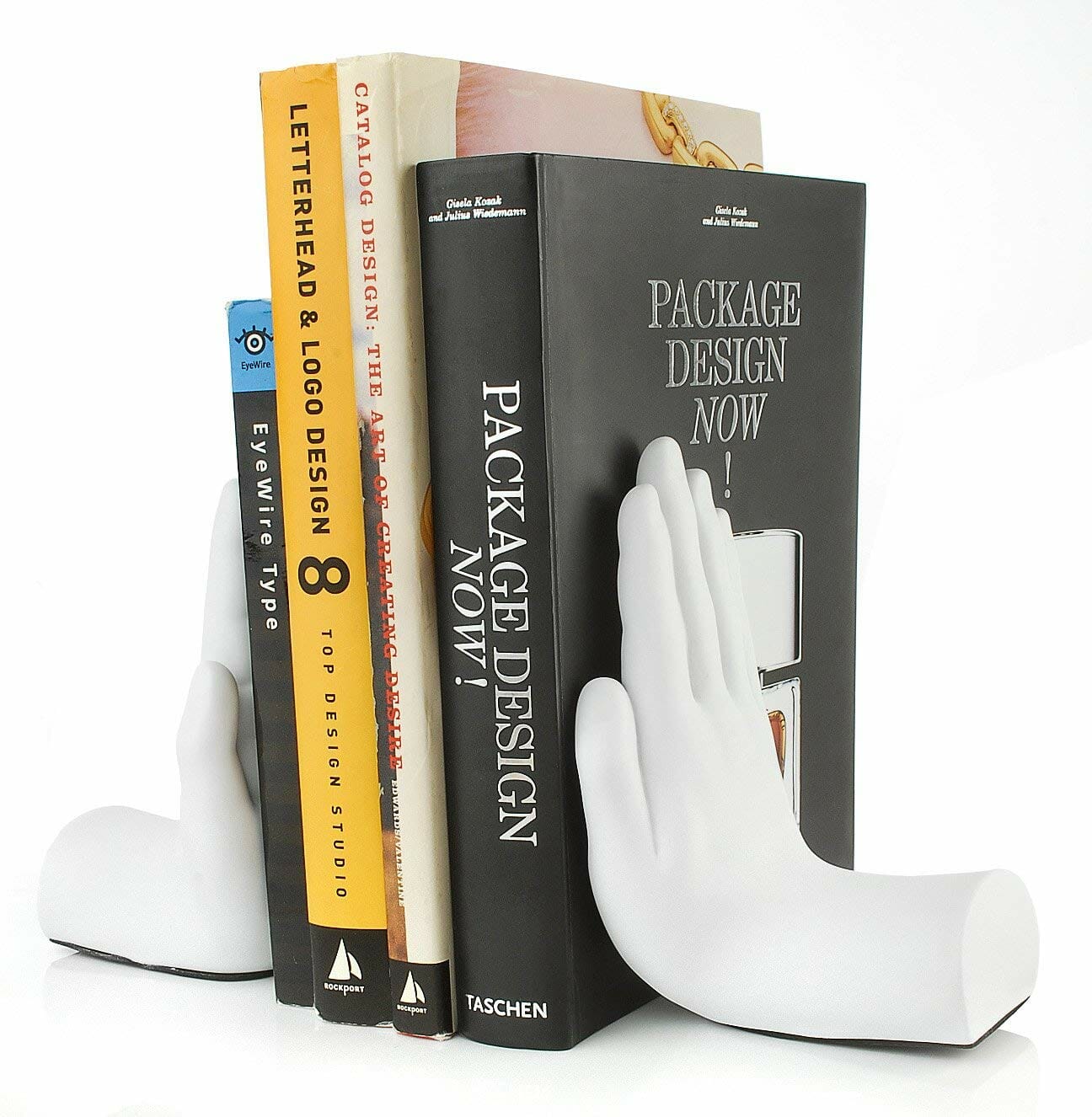 All Saints contains high paying students and parents for high education. This means that this data cannot represent the year 9’s of lower pay and education. The sampling size is would be biased if it represented all the year 9’s in the world or the entire population of the school. This impacts the generalizability of our results as it only really represents the higher end of education and pay and therefore it cannot be used for all year 9’s or students.
All Saints contains high paying students and parents for high education. This means that this data cannot represent the year 9’s of lower pay and education. The sampling size is would be biased if it represented all the year 9’s in the world or the entire population of the school. This impacts the generalizability of our results as it only really represents the higher end of education and pay and therefore it cannot be used for all year 9’s or students.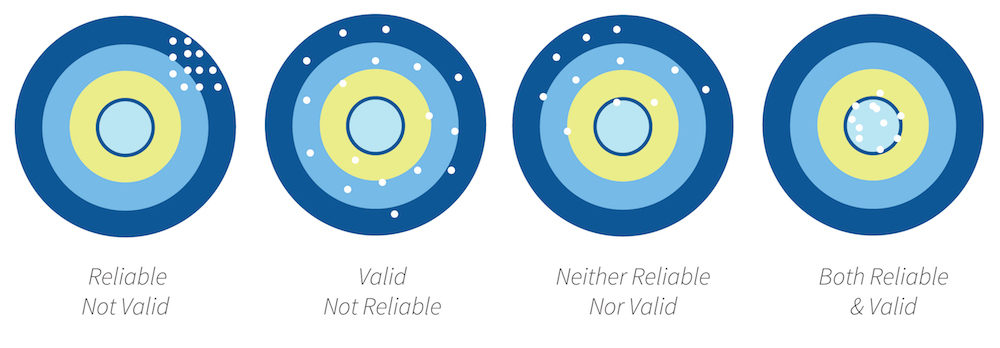 evident as we had a Non-Binary section in our data in the box plot and it had a ridiculously high result (365). This skewed our data and its reliability as it was a false answer (we eventually found this out and deleted the response in our data). Another example would be the book selection itself. Another example of false answers are that people put non-binary as a joke so we had to go through and delete this. as we have stated before some students might wonder what counts as a book, comics, user manuals etc… this hinders the results as they do not know what to put and therefore they may not have put their true answer meaning that not all the answers are accurately making some of the data unreliable. This makes some of the data bias as it is inaccurate and unreliable. With this being said though much of the data was quite reliable and useful.
evident as we had a Non-Binary section in our data in the box plot and it had a ridiculously high result (365). This skewed our data and its reliability as it was a false answer (we eventually found this out and deleted the response in our data). Another example would be the book selection itself. Another example of false answers are that people put non-binary as a joke so we had to go through and delete this. as we have stated before some students might wonder what counts as a book, comics, user manuals etc… this hinders the results as they do not know what to put and therefore they may not have put their true answer meaning that not all the answers are accurately making some of the data unreliable. This makes some of the data bias as it is inaccurate and unreliable. With this being said though much of the data was quite reliable and useful.